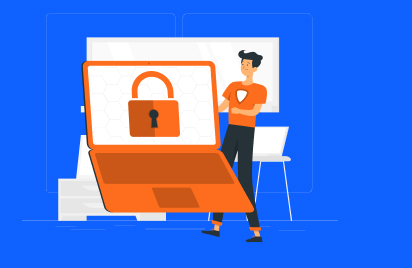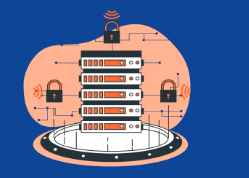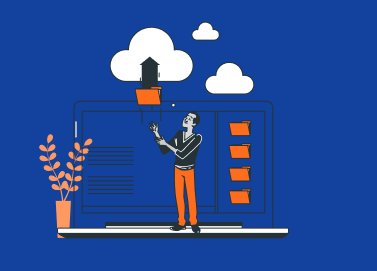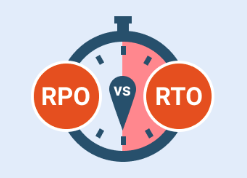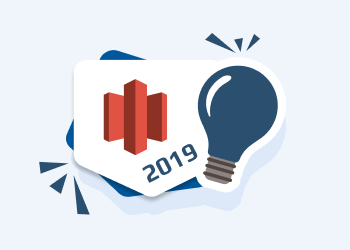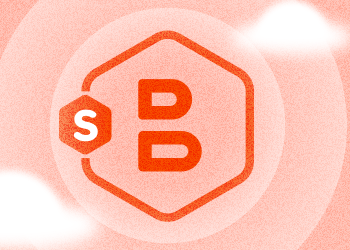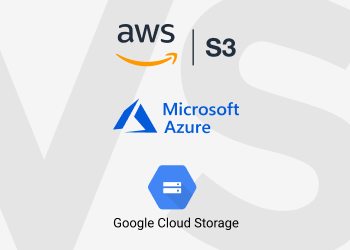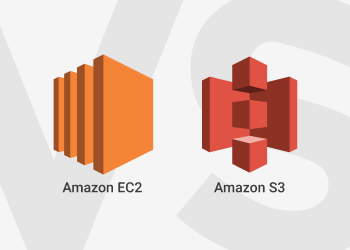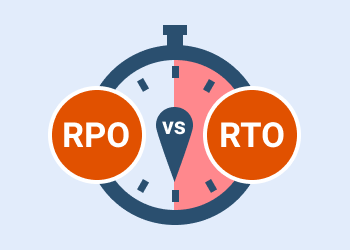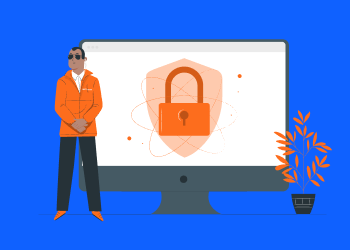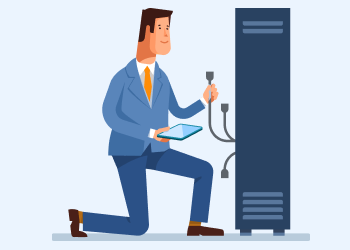We are happy to introduce MSP360 Backup for Microsoft 365 and Google Workspace 4.8, which brings a major addition to the storage experience – built-in managed cloud storage.
With this release, the need for third-party storage setup is entirely eliminated, configuration time is reduced, and administrators can start protecting Microsoft 365 and Google Workspace data immediately upon sign up. Continue reading
Top 43 Clients’ Questions MSPs Should Answer
Whether you’re meeting new prospects or dealing with existing customers, you’ll need to answer questions. From pricing to your overall business practices, clients will ask just about everything. Continue reading
What Is Amazon S3 Glacier and How to Use It
Amazon S3 is one of the core services offered by AWS that has a wide variety of use cases, from serving static websites to hosting images, managing data, and much more. In this post, we will review the ins and outs of Amazon S3 Glacier, a special storage class of Amazon S3 that serves as a cost-effective tool for low-access, long-term storage such as archives required for compliance. Continue reading
MSP360 Backup 7.0: Guide to New Backup Format
Here at MSP360, we are proud to announce the major release of the MSP360 Backup version 7.0. It introduces a number of critical changes and updates with the most important of them all - the entirely new backup format. It allows to speed up backup and recovery processes, deduplicate files, and so much more! Read on to learn more.
Continue reading
CloudBerry Backup 7.0: Creating a Backup Plan in New Backup Format
In this guide, we will introduce the new backup format of CloudBerry Backup 7.0 and walk you through the main steps to creating a backup plan.
Amazon S3, MS Azure and Google Cloud Storage Pricing Comparison
When it comes to choosing professional cloud storage, pricing may become the deciding point. To help you better navigate the ever-changing cloud storage market, we prepared a short article comparing prices for three of the most popular solutions: Microsoft Azure, Google Storage, and Amazon S3 cloud storage services.
Amazon EC2 vs Amazon S3: Difference and Use Cases
In this article we make a comparison of Amazon EC2 vs Amazon S3. Amazon Web Services allows its users to build complex interconnected applications in the cloud. To do that, you can use the virtual machines of Amazon EC2 or the expandable storage of Amazon S3. This article explains in detail what each of the given services does, the difference between them, how you can use Amazon EC2 and Amazon S3 together, and what additional AWS services (such as EFS and EBS) you might wish to use combined with EC2 and S3.
Continue reading
How to Back Up Amazon EC2 Instances
Amazon EC2 is one of the world’s most popular cloud virtual machine environments. Naturally, there are several ways to perform the backup of your instances running on this server. The ways depend on the way you want to perform a backup, on the flexibility of the recovery operations available for you, and on the number and type of data you will transfer. This article overviews the different methods for backing up EC2 instances and discusses the pros and cons of each Amazon cloud backup approach.
RTO vs RPO
Recovery Time Objective (RTO) and Recovery Point Objective (RPO) are the two key parameters that businesses should develop before creating their business continuity and disaster recovery plans. In this guide, we compare RTO vs RPO and explain their meaning, differences, and interactions.
Continue reading
Introduction to BitLocker for MSPs
It's no secret that data security is vitally important for every organization: by protecting customers’ data, MSPs will safeguard both their client’s businesses and their reputations.
The protection of customer data today goes beyond using anti-malware and firewall software. It also goes beyond using a secure password on every device. Continue reading
Cold Calling: Are You Doing It Right?
Not everybody’s comfortable with cold calling prospects, but those who are can generate additional revenue for your business — as long as they’re cold calling the right way.
Cold calling isn’t dead; it’s just evolving. Continue reading
Fibre Channel vs. iSCSI vs. FCoE
A SAN (Storage Area Network) is one of the key infrastructural technologies in data storage and there are varying implementations and standards common for different business use-cases. In this article, we review the key differences between FC, FCoE and iSCSI in order to help you choose the best option.
Continue reading


